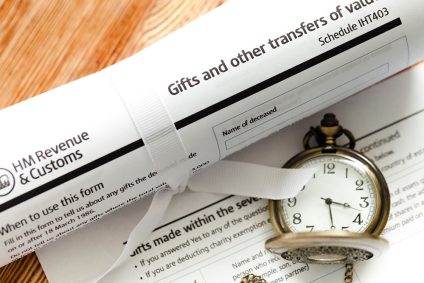Are you chasing impossible Absolute Returns?
The combination of short-term market uncertainty, human nature and an immediately attractive sounding moniker is a marketing man’s dream. The investment industry has been masterful at constructing and selling such products, not least ‘absolute return’ products.
We know that markets are always uncertain and that short-term market losses are a normal part of investing. We also know from behavioural finance research that human beings feel twice as much pain from losses than they feel pleasure from upside gains. In some older investors, this emotional asymmetry can be even more pronounced. The attraction of the absolute return sector is in the moniker – who wouldn’t want returns in all market conditions with no or limited downside risks?
But there are no risk-free returns to be conveniently collected above the so-called ‘risk-free rate of return’ delivered by cash (and even that bears inflation risk and the risk of the bank failing). Any such returns would be quickly pocketed by the vast number of extremely bright and hardworking professional investors.
Absolute return funds employ active management strategies that promise to deliver positive (absolute) returns in any market conditions i.e. up, down or sideways. Yet the reality of being able to deliver on this promise is far from convincing: strategies are varied, complex and hard to compare; fees are high, relative to sensible alternatives; and correlations to underlying assets – such as equities and bonds – are higher than might be expected.
A recent piece of research on absolute return funds in the US reveals that most active managers add nothing to performance over and above the known market returns. The research also showed that equity-related strategies exhibit significant exposure to the equity markets and bond strategies exhibit significant exposure to bond markets, despite the freedom and flexibility to mitigate such exposures. As such, losses should be expected from these portfolios when markets get tough. Fees were high, too, with expense ratios ranging from 1 per cent to 2 per cent depending on the strategy.
The long and short of the research is that the absolute return fund industry has not really covered itself in glory. There may be a small number of funds managed with truly exceptional skill. The trouble lies in identifying them. Even if you managed this, deciphering their real underlying risk and return profile may simply not be possible.
As ever, the siren songs of the investment industry can draw the unaware onto the rocks. There is little evidence at the sector level that suggests that absolute return funds really do add something different to traditional portfolios. With exposure to market risks – and thus potential losses – high fees, and esoteric and complex strategies, most longer-term investors are better off sticking with their traditional, systematically managed portfolios. Short-term market losses are part and parcel of investing and are not uncommon. Those with the fortitude to stay invested and stay the course, should be well rewarded. Patience, discipline and fortitude are the values that lead to success in this game.
Are you sure of your investment policy? Does it suit your attitude to risk? To discuss a better investment plan, please contact one of our advisers on 020 7636 7006.


